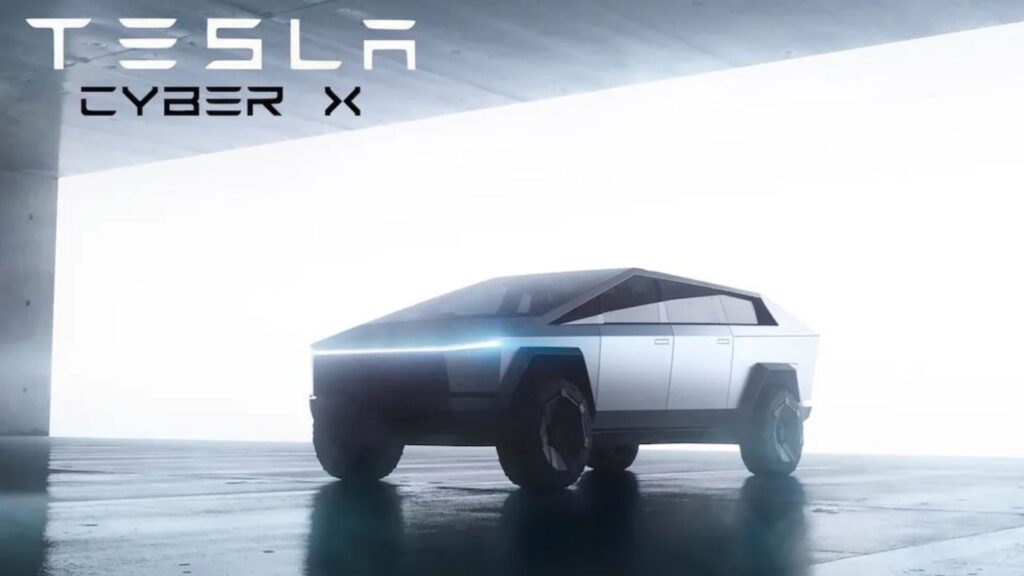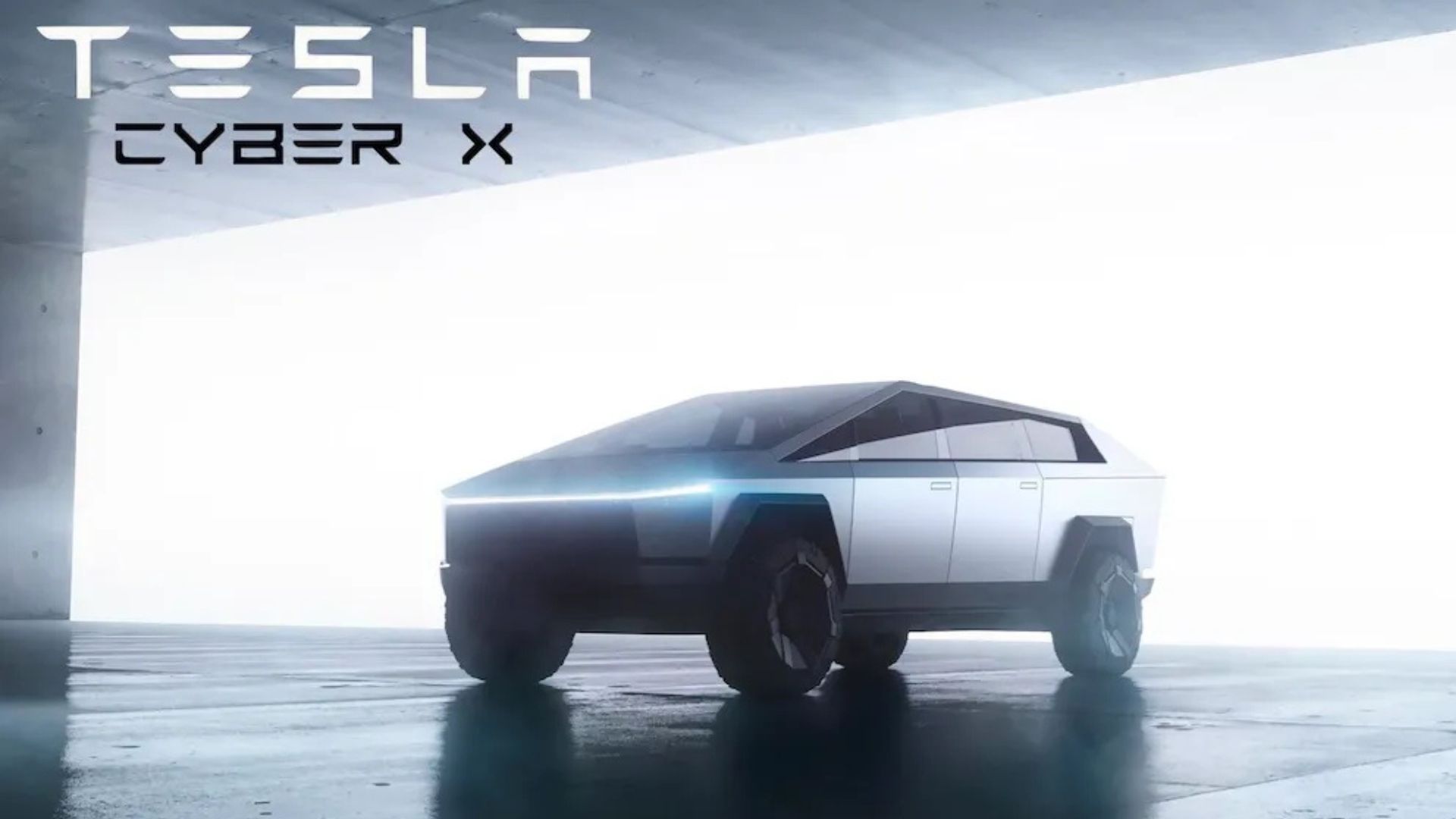
Tesla design chief Franz von Holzhausen confirmed the electric-vehicle maker is exploring new models that adopt the angular Cybertruck design language, including a potential Cyber SUV and a smaller Cybertruck variant, though no final decisions have been made.
Background on Cybertruck Expansion
Speaking on Bloomberg’s Hot Pursuit podcast, von Holzhausen was asked whether Tesla plans to apply the Cybertruck’s distinctive, angular styling to additional products. “That’s definitely all things that we’ve considered,” he said, adding that “wait and see is probably maybe the best way to answer” when pressed for specifics (Bloomberg). His remarks follow years of speculation about Tesla’s post-Cybertruck lineup and underscore the company’s willingness to push bold design boundaries.
In recent months, Tesla has already adjusted its Cybertruck offerings. Last week the automaker discontinued the most affordable Long Range Rear-Wheel Drive variant, which started at $69,990, leaving the entry point at $79,990 for the all-wheel-drive model (Electric Vehicles). Expanding the Cyber family with multiple body styles could help Tesla broaden the appeal of its polarizing pickup design.
Visual and Design Indicators
Tesla’s own marketing materials hint at forthcoming Cyber-inspired vehicles. In its “Sustainable Abundance” video released in early September, sharp-eyed observers spotted scale models on a shelf in Tesla’s design studio resembling a Cyber SUV—featuring the Cybertruck’s front fascia with a flatter roofline and taller tailgate typical of sport-utility vehicles (Drive Tesla Canada). Given Tesla’s history of deliberate product teasers, analysts believe the appearance was intentional and signals serious consideration of these concepts.
While the Cybertruck uses a stainless-steel exoskeleton, Tesla noted in an early-year regulatory filing that it does not plan to carry that material into future models. Any Cyber-inspired SUV or compact pickup would likely adopt lighter alloys or composites while preserving the faceted geometry that defines the Cyber design language (Carscoops).
Market Implications and Challenges
A full-size Cyber SUV would address a gap in Tesla’s lineup by competing directly with three-row family SUVs such as the Chevrolet Tahoe and Ford Expedition—segments where the Model X, Tesla’s current SUV, is significantly smaller. Such a model could boost Tesla’s market share among buyers seeking rugged utility combined with electric performance.
However, translating the Cybertruck’s unconventional materials and manufacturing processes to an SUV configuration poses technical and cost challenges. Tesla must balance the angular aesthetic with practicality, weight targets, and production efficiency. Additionally, Tesla’s recent decision to streamline the Cybertruck range suggests the company remains cautious about overextending its capital-intensive exoskeleton tooling.
Tesla shares rose approximately 4% Monday after several Wall Street analysts raised their price targets, reflecting investor optimism that new Cyber variants could drive future growth (Electrek). As Tesla continues to refine its product roadmap, von Holzhausen’s comments leave the door open for a bold expansion of the Cyber family—but customers will need to wait for official announcements to know whether the Cyber SUV and compact Cybertruck will make it into production.












